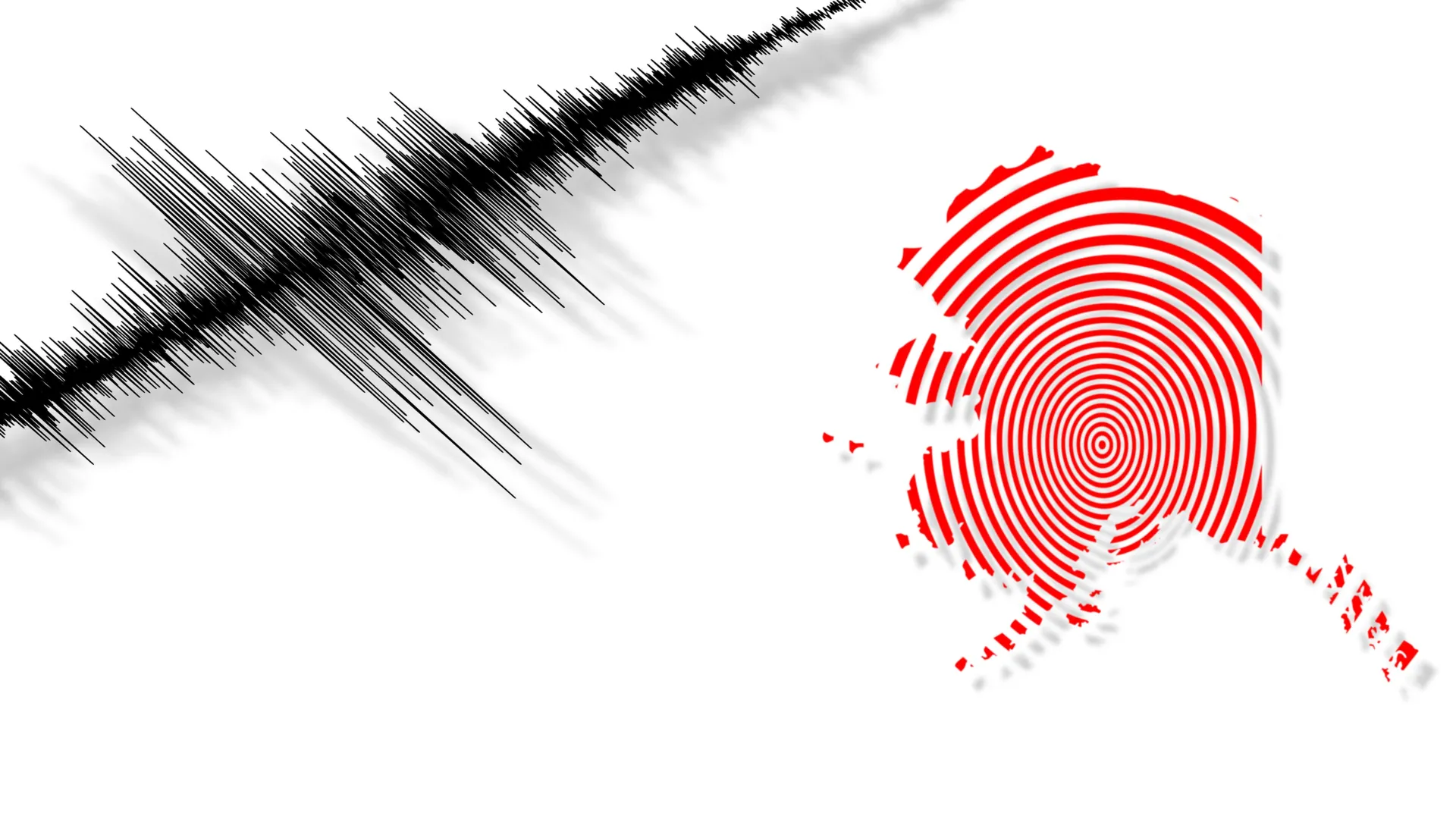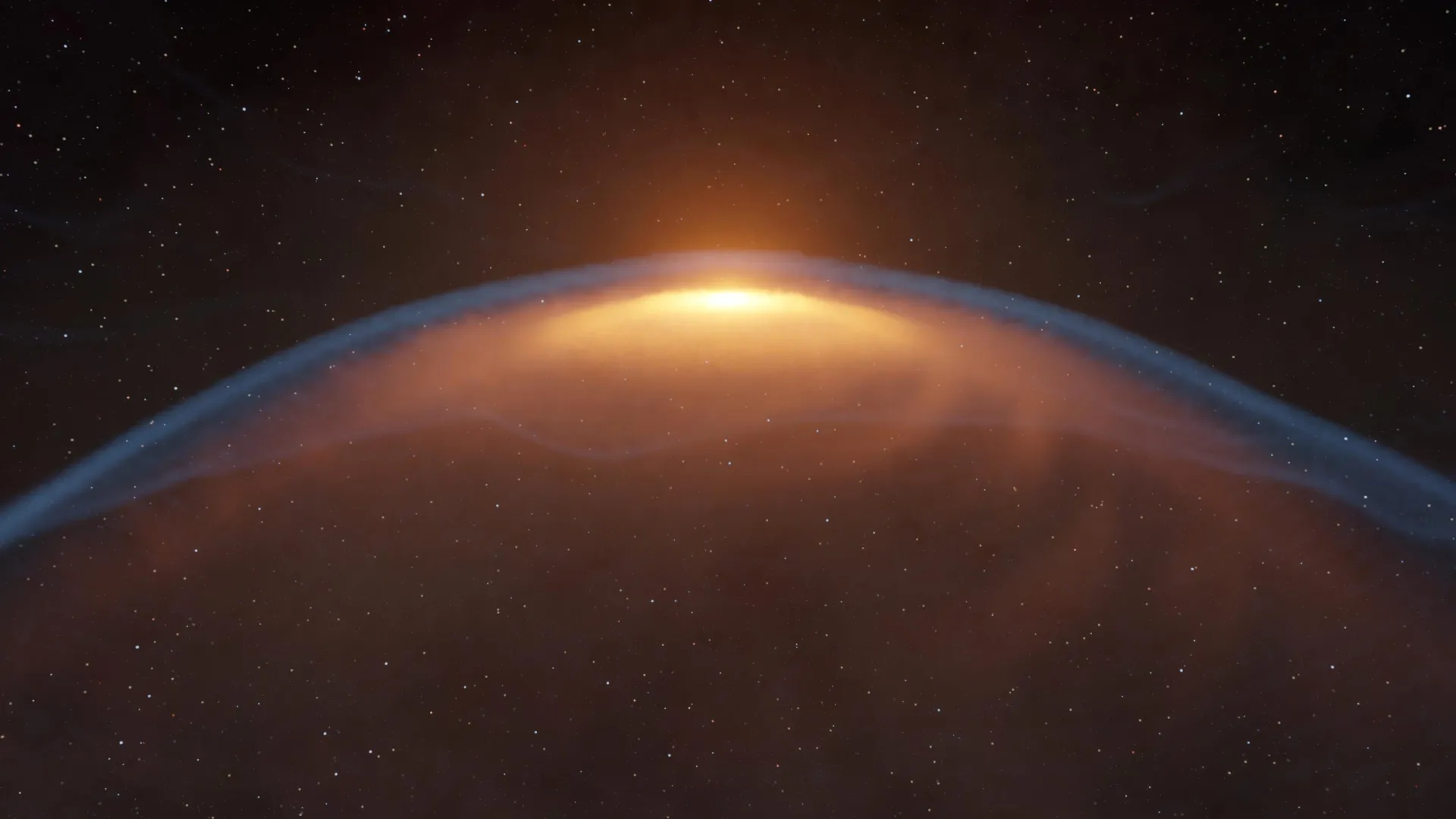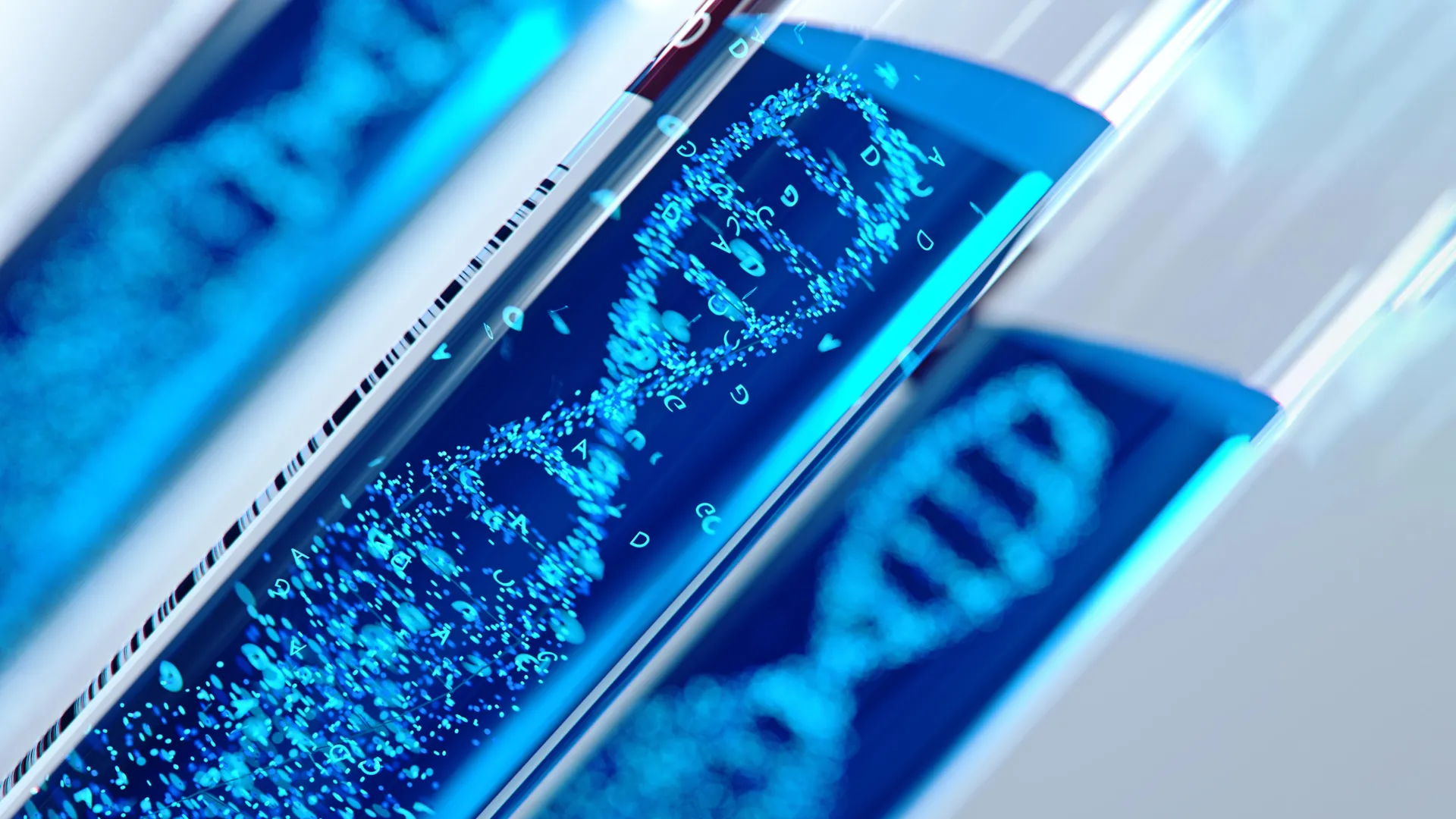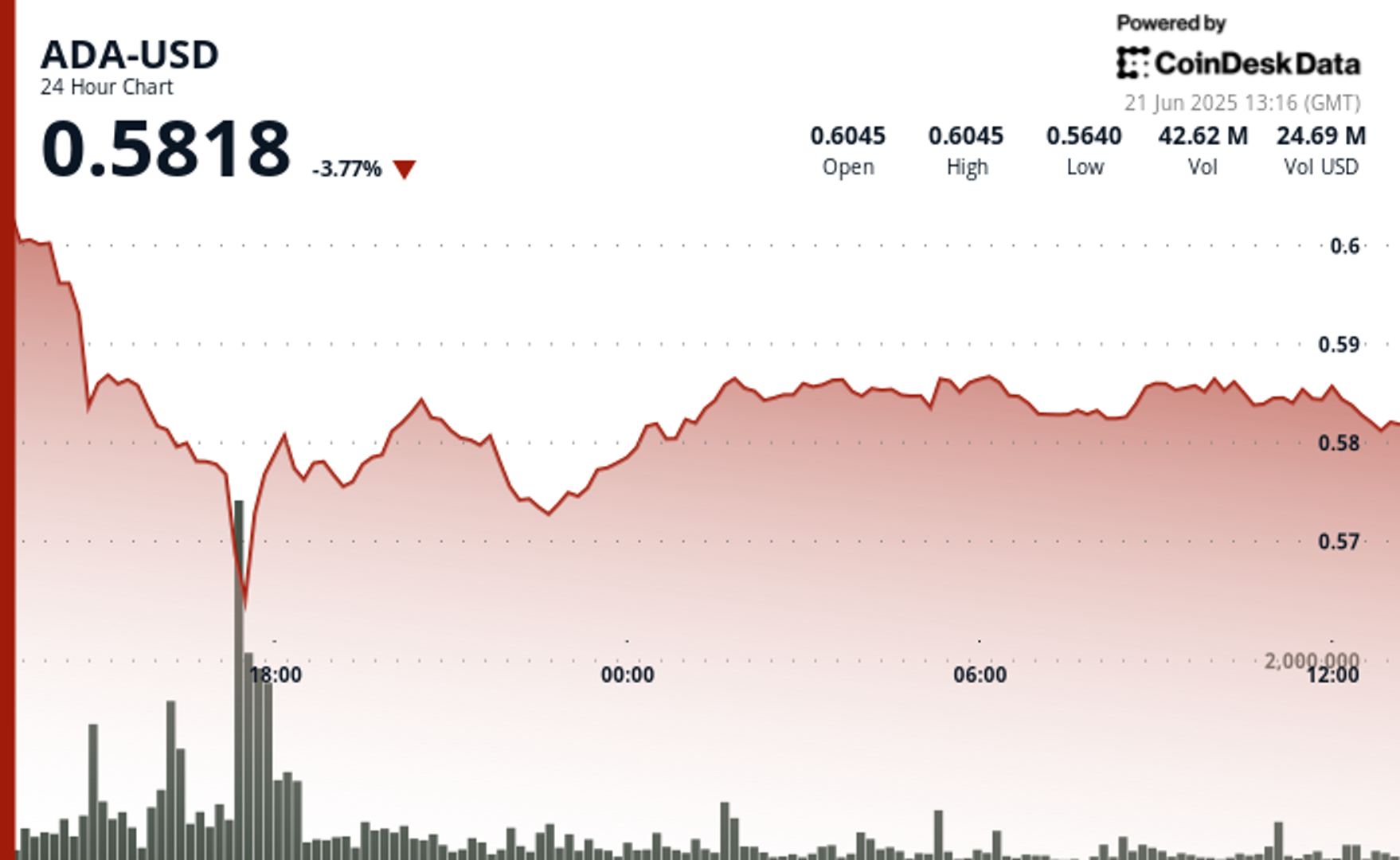NASA’s SpaceX Crew-10 Mission Returns, Splashes Down Off California
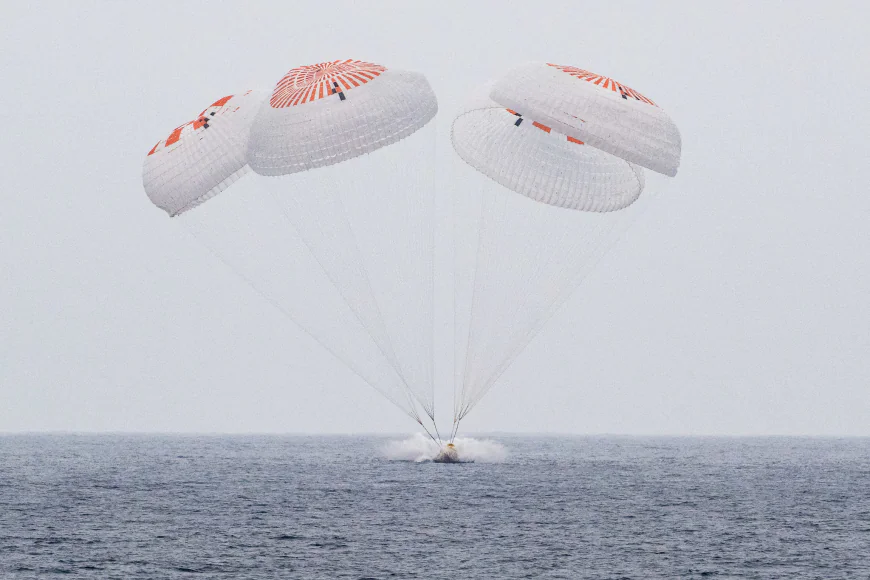

Editor’s Note: This release was edited Aug. 9, 2025, to update the International Space Station docking port for the Crew-10 mission.
The first crew to splash down in the Pacific Ocean off the coast of California as part of NASA’s Commercial Crew Program completed the agency’s 10th commercial crew rotation mission to the International Space Station on Saturday.
NASA astronauts Anne McClain and Nichole Ayers, JAXA (Japan Aerospace Exploration Agency) astronaut Takuya Onishi, and Roscosmos cosmonaut Kirill Peskov returned to Earth at 11:33 a.m. EDT. Teams aboard SpaceX recovery vessels retrieved the spacecraft and its crew. After returning to shore, the crew will fly to NASA’s Johnson Space Center in Houston and reunite with their families.
“Splashdown! Crew-10 is back on Earth from the International Space Station marking the completion of another successful flight,” said NASA acting Administrator Sean Duffy. “Our crew missions are the building blocks for long-duration, human exploration pushing the boundaries of what’s possible. NASA is leading the way by setting a bold vision for exploration where we have a thriving space industry supporting private space stations in low Earth orbit, as well as humans exploring the Moon and Mars.”
The agency’s SpaceX Crew-10 mission lifted off at 7:03 p.m. on March 14, from Launch Complex 39A at NASA’s Kennedy Space Center in Florida. About 29 hours later, the crew’s SpaceX Dragon spacecraft docked to the Harmony module’s forward-facing port at 12:04 a.m. on March 16. Crew-10 undocked at 6:15 p.m. Aug. 8, to begin the trip home.
During their mission, crew members traveled nearly 62,795,205 million miles and completed 2,368 orbits around Earth. The Crew-10 mission was the first spaceflight for Ayers and Peskov, and the second spaceflight for McClain and Onishi. McClain has logged 352 days in space over her two flights, and Onishi has logged 263 days in space during his flights.
Along the way, Crew-10 contributed hundreds of hours to scientific research, maintenance activities, and technology demonstrations. McClain, Ayers, and Onishi completed investigations on plant and microalgae growth, examined how space radiation affects DNA sequences in plants, observed how microgravity changes human eye structure and cells in the body, and more. The research conducted aboard the orbiting laboratory advances scientific knowledge and demonstrates new technologies that enable us to prepare for human exploration of the Moon and Mars.
McClain and Ayers also completed a spacewalk on May 1, relocating a communications antenna, beginning the installation of a mounting bracket for a future International Space Station Roll-Out Solar Array, and other tasks. It was the third spacewalk for McClain, the first for Ayers, and the 275th supporting space station assembly, maintenance, and upgrades.
Crew-10’s return to Earth follows the Crew-11 mission, which docked to the station on Aug. 2 for its long-duration science expedition.
NASA’s Commercial Crew Program provides reliable access to space, maximizing the use of the International Space Station for research and development, and supporting future missions beyond low Earth orbit, such as to the Moon and Mars, by partnering with private U.S. companies, including SpaceX, to transport astronauts to and from the space station.
Learn more about NASA’s Commercial Crew Program at:
https://www.nasa.gov/commercialcrew
-end-
Joshua Finch / Jimi Russell
Headquarters, Washington
202-358-1100
joshua.a.finch@nasa.gov / james.j.russell@nasa.gov
Sandra Jones / Joseph Zakrzewski
Johnson Space Center, Houston
281-483-5111
sandra.p.jones@nasa.gov / joseph.a.zakrzewski@nasa.gov
Steven Siceloff
Kennedy Space Center, Florida
321-867-2468
steven.p.siceloff@nasa.gov
What's Your Reaction?
 Like
0
Like
0
 Dislike
0
Dislike
0
 Love
0
Love
0
 Funny
0
Funny
0
 Angry
0
Angry
0
 Sad
0
Sad
0
 Wow
0
Wow
0
















